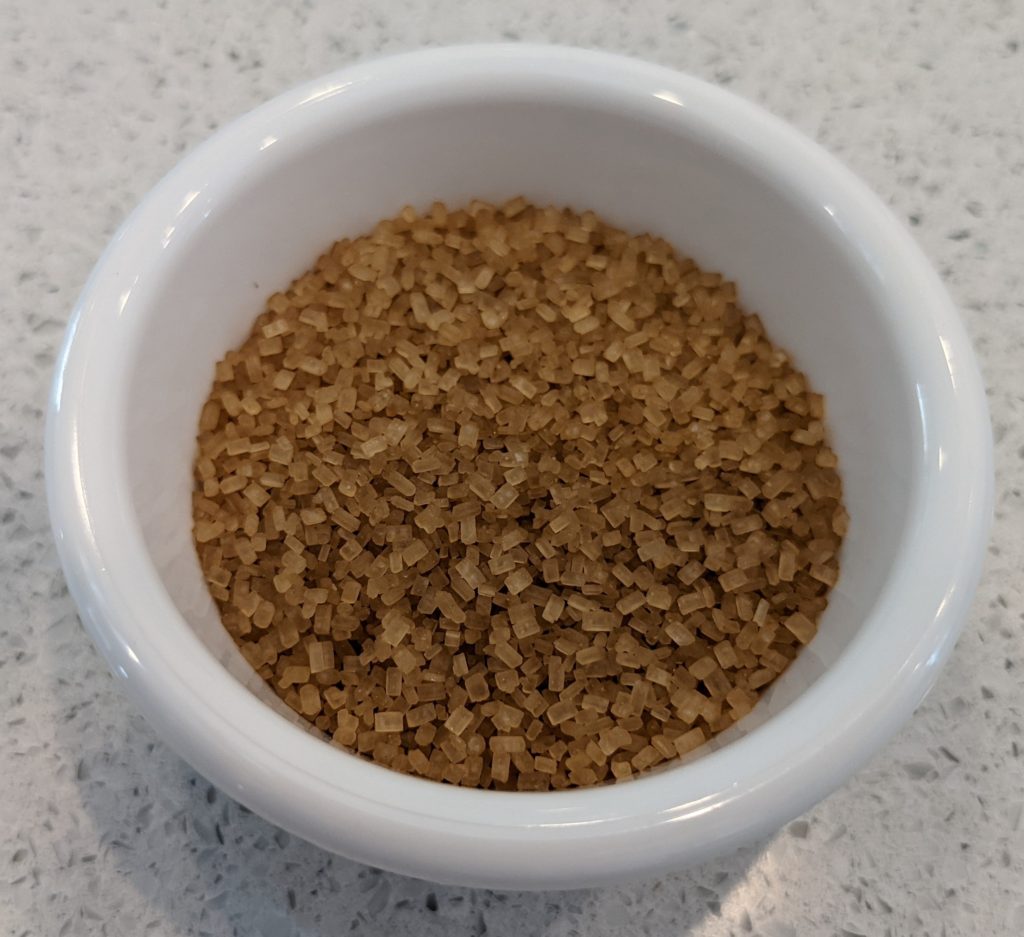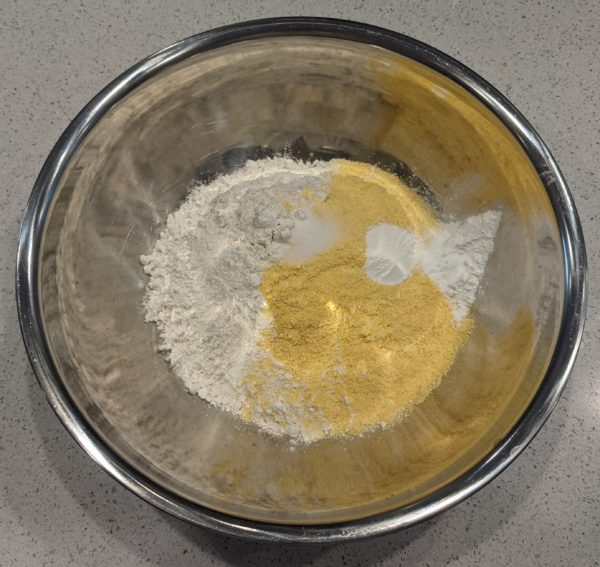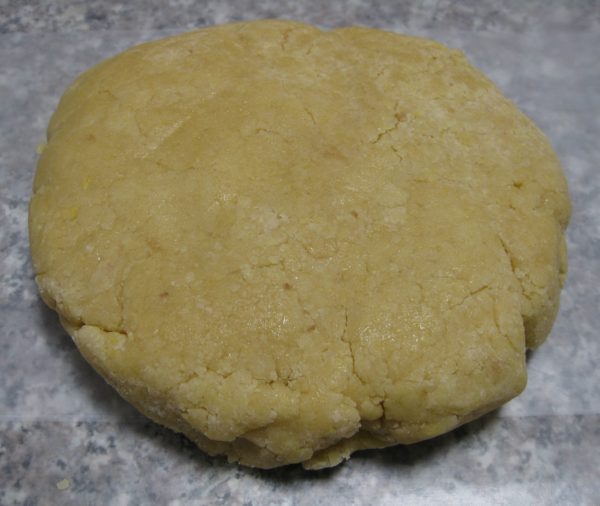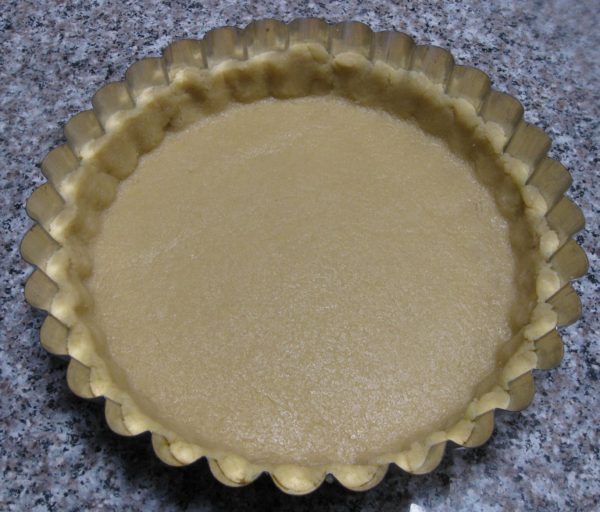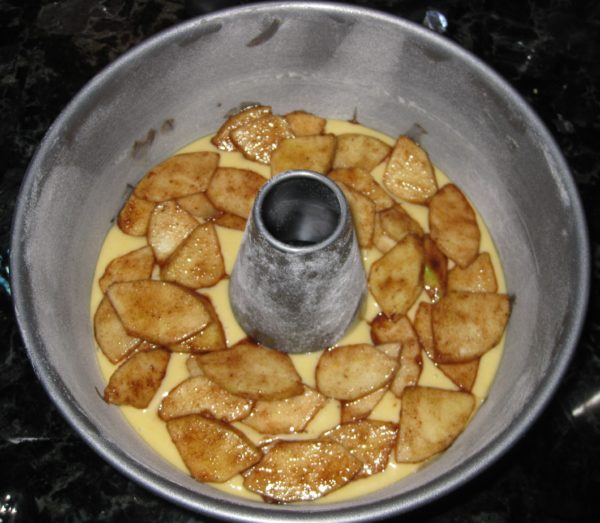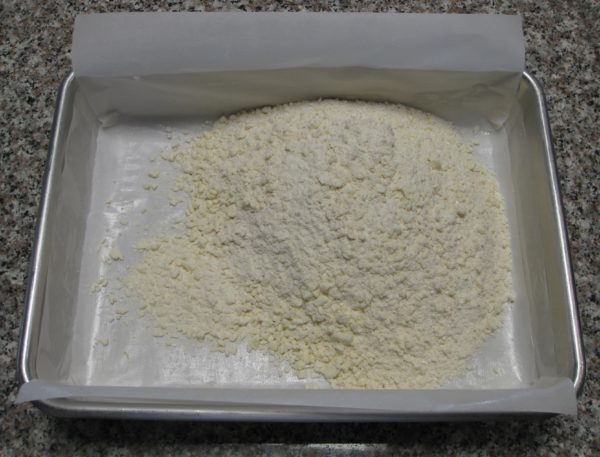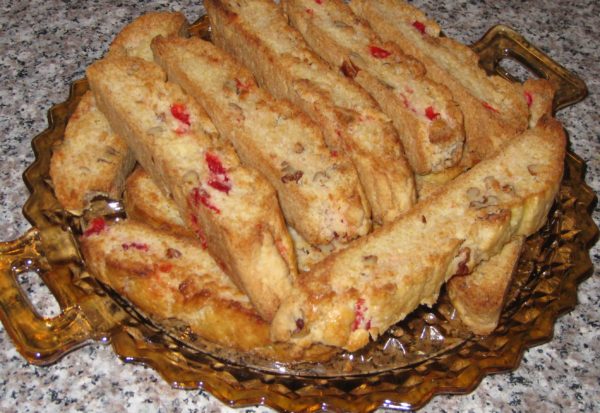16 September 2024
Even though I published a book on gelato, I’ve never posted a gelato recipe on my blog.
Making gelato requires a few specialty ingredients and an “ice cream machine” known professionally as a batch freezer because it freezes batches of ice cream, gelato, and so forth. None of these items is difficult to obtain but they are not found in most home kitchens.

Perhaps you already have an ice cream machine, you know, one of those machines where you put the tub in the freezer for a day or so before churning the ice cream. This is how I started my gelato journey more than 20 years ago. Though I haven’t used it in a while, I still have my original machine. I’m also happy to say it makes good gelato! The current version of this machine is still available for under $100.
Gelato begins with a base of thickened milk. Historically eggs were commonly used to make the base, creating what is essentially a custard. While eggs are still used in some artisan Italian gelato they usually appear in two contexts. One of these in gelato flavors where the taste of egg is important to the flavor profile of the gelato, such as zuppa inglese gelato. The other use is in particular styles of gelato that have historically used substantial quantities of eggs for richness, such as a gelato style favored in Bologna.
Join our mailing list and you’ll never miss a recipe again!
Most Italian gelato is now made from a custard base that is thickened with ingredients other than egg. Think about making custard (or pudding depending on which version of English you speak) with cornstarch, tapioca, or arrowroot, to name a few. Each of these can be used instead of eggs to make custard. Have you ever used Bird’s Custard Powder? The thickener is cornstarch.

Cornstarch and gelatin can be used to thicken a gelato base but they are not ideal from the standpoint of a professional gelato maker because the gelato does not have good keeping qualities. This is where two other natural ingredients come in. These are carob powder and guar. Carob and guar are both legumes (beans). They have been used as food for a very long time. After drying, they are ground to powder and that’s it. It’s not too dissimilar from making flour from grains of wheat.
You have probably encountered carob used in candy, sometimes as a substitute for chocolate. You are less likely to have encountered guar beans but they are used for food in large parts of the world.
Other than eggs, carob and guar are the only thickeners that I use when making gelato. They are natural and not chemically derived. There are other thickeners, such as xanthan gum and carrageenan, that are chemically produced. I believe these thickeners don’t adhere to the spirit of artisan Italian gelato though they are commonly used in supermarket brands of gelato.
Find out more about me and the books I’ve published at www.GaryMihalik.com
Have you ever gotten gelato at a gelateria in Italy? If you did, you may have done what most Italians do which is to get multiple flavors. Did you notice that all the different flavors of gelato have the same texture? This is no accident. Italians take their gelato seriously and believe that all gelato should have the same creamy texture. Achieving a consistent texture depends on making sure that every gelato in the display case has the same serving temperature. (This requires calculations that I won’t bore you with but the topic will be important if you become serious about creating your own gelato formulas).

The serving temperature of gelato is determined in large part by the amount of solids dissolved in the gelato base. Most of these solids are sugar. Creating a gelato with the correct serving temperature means adjusting the amount of sugar in the recipe. But it’s a little more complicated because of the issue of taste. A watermelon gelato and a lemon gelato with the same amount of sugar would not both taste good. Either the watermelon gelato would be too sweet or the lemon gelato would be too sour.
Luckily, there are sugars other than table sugar (sucrose) that can be used to address this issue. Glucose is less sweet than sucrose while fructose is sweeter than sucrose. They also affect serving temperature differently than sucrose but that’s getting somewhat esoteric. Using two or three sugars can get the right sweetness and the right serving temperature.
For all the gelatos in my book, Mastering Artisan Italian Gelato, I’ve already done these calculations. I’m mentioning this here to explain why this particular gelato calls for dextrose. To make good gelato you need a good recipe and some basic equipment. You only have to deal with mathematics and science if you want to create your own flavors.

If you like gelato, I hope you give this recipe a try. It’s not difficult but you will be rewarded with some of the best gelato you have ever tasted.

| Prep Time | 20 minutes |
| Cook Time | 50 minutes |
| Passive Time | 24 hours |
| Servings |
quarts
|
- 600 grams 2% milk
- 131 grams heavy cream 36% fat
- 125 grams sucrose table sugar
- 25 grams dextrose
- 40 grams powdered skim milk
- 75 grams chocolate 72% cocoa solids
- 1.25 grams guar gum
- 1.25 grams locust bean gum carob
- 1.5 grams salt
Ingredients
|

|
- In a small bowl, combine the dextrose, guar gum, locust bean gum, and salt. Mix very well as locust bean gum and guar gum can clump if they are not thoroughly mixed with the dextrose. Reserve.
- Combine the milk and sucrose in a stainless-steel pot. Heat to 35°C (95°F), whisking occasionally.

- Add the chocolate and stir until melted, keeping the temperature below 45°C (113°F).
- Add the skim milk powder and whisk to dissolve completely.
- Continuing to heat the milk mixture, slowly sprinkle in the dextrose mixture, whisking constantly to avoid lumps and keeping the mixture below 45°C (113°F).
- After the dextrose mixture is fully incorporated, heat to 85°C (185°F), stirring constantly and scraping the bottom of the pot with a rubber spatula.
- Add the cream. Mix well. Heat to 75˚C (167°F) as the cream will have cooled the mixture, stirring constantly, and hold for 15 seconds.
- Chill quickly, preferably in an ice bath. Allow the base to mature overnight, covered and refrigerated at 4˚C (39°F) or less.
- Just before freezing the gelato, add water to return the base to the calculated batch weight.
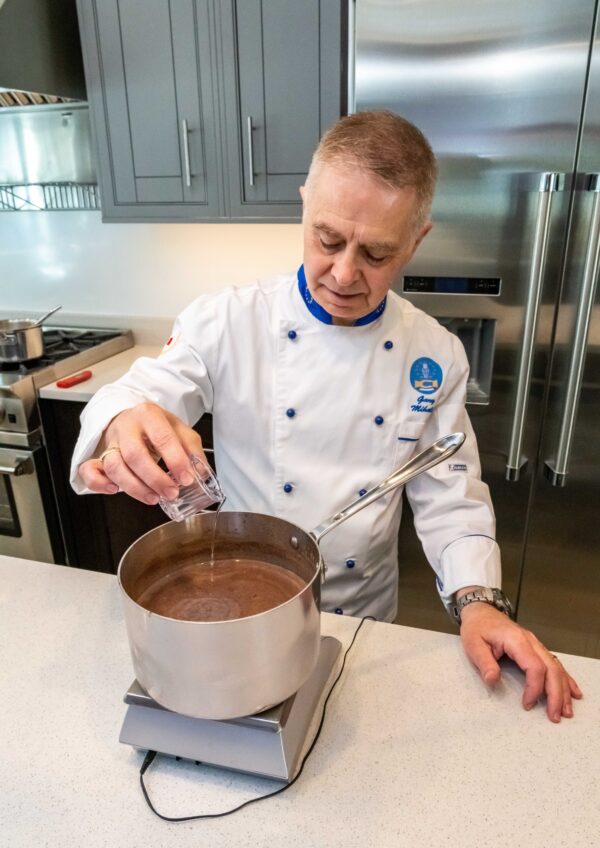
- Blend with an immersion blender. Taste and adjust salt, if necessary.

- Freeze in a batch freezer according to manufacturer’s directions.

- Transfer the gelato from the batch freezer to a tub.

- Harden in a deep freezer at least 12 hours, or up to one month if tightly covered.

- About 15 minutes before serving the gelato, portion it into serving bowls and place the bowls in the refrigerator. This will allow the gelato to warm slightly.

I recommend weighing the stainless-steel pot when it is empty and recording the weight. That way, at step 9, when you add water to compensate for what evaporated when heating the base, you can simply add the weight of the pot to the intended weight of the mixture, which for a single batch is 1000 grams, and add water to reach that weight.
Copyright © 2024 by Villa Sentieri, LLC. All rights reserved.





